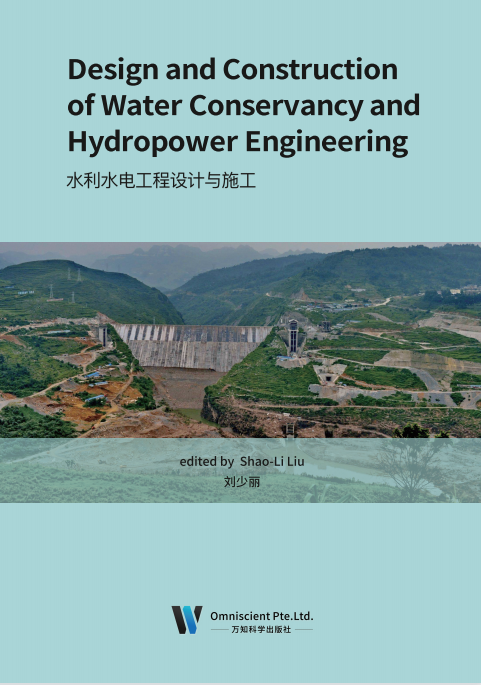
Preface
Water conservancy and hydropower engineering and construction is a professional course that closely combines theory and practice. It is a discipline that studies the basic laws of water conservancy and hydropower project construction from three levels of construction technology, construction machinery, construction organization and management on the basis of summarizing domestic and foreign water conservancy and hydropower project construction experience. The construction of water conservancy and hydropower projects is roughly divided into four stages: survey, planning, design and construction. Each stage has division of labor and connection. Construction is the last stage, and its main task is to give full play to the initiative and creativity of construction technicians, make use of human, financial, material and other resources and construction technology, to put the design blueprint into practice in the shortest time. The construction of water conservancy and hydropower project is the process of transforming the planning and design scheme of water conservancy and hydropower project into engineering entity.
In the design and construction of water conservancy and hydropower projects, the planning and design schemes must be tested through project construction practice to complete the project and put it into use. The construction of water conservancy and hydropower projects can be divided into planning, design and construction stages. Each stage has both division of labor and connection. Construction is based on the results of planning and design, and plays the role of transforming planning and design schemes into engineering entities. During the construction process, in accordance with the technical requirements of the project bidding documents and related technical documents to realize the intention of planning and design. And it is necessary to comprehensively use the technology and scientific management organization related to the construction of water conservancy and hydropower projects according to the construction conditions and engineering specifications. So that the project can be completed and put into production with high quality, high efficiency and low cost.
前 言
水利水电工程与施工是一门理论与实践紧密结合的专业课。它是在总结国内外水利水电工程建设经验的基础上,从施工技术、施工机械、施工组织与管理三个层面,来研究水利水电工程建设基本规律的一门学科。水利水电工程建设,大致分为勘测、规划、设计和施工四个阶段,各个阶段既有分工,又有联系。施工是最后的一个阶段,其主要任务是充分发挥施工技术人员的能动性和创造性,利用人、财、物等资源,运用施工技术,以最短的时间,将设计蓝图付诸实践。水利水电工程施工是将水利水电工程的规划、设计方案转变为工程实体的过程。
水利水电工程设计和施工,要通过工程施工实践检验规划设计方案,使工程完建并投入运用。水利水电工程建设,可以划分为规划、设计和施工等阶段。各个阶段既有分工又有联系,施工以规划、设计的成果为依据,起着将规划和设计方案转变为工程实体的作用。在施工过程中,按照工程招标投标文件的技术要求及相关技术文件要求,既要实现规划设计的意图,又要根据施工条件和工程规范,综合运用与水利水电工程建设有关的技术和科学管理组织,使工程得以优质、高效、低成本地建成和投产。

Shao-Li Liu, female, the Han nationality, bachelor’s degree, born in April 1980 from Zhengzhou, Henan. She graduated from North China University of Water Resources and Electric Power in 2004. She is the senior engineer, registered civil engineer (hydraulic structure), and registered consultant (investment).
刘少丽,女,汉族, 1980 年 4 月生,河南郑州人,本科学历。 2004 年毕业于华北水利水电学院水利水电工程专业。高级工程师,注册土木工程师(水工结构),注册咨询师(投资)。